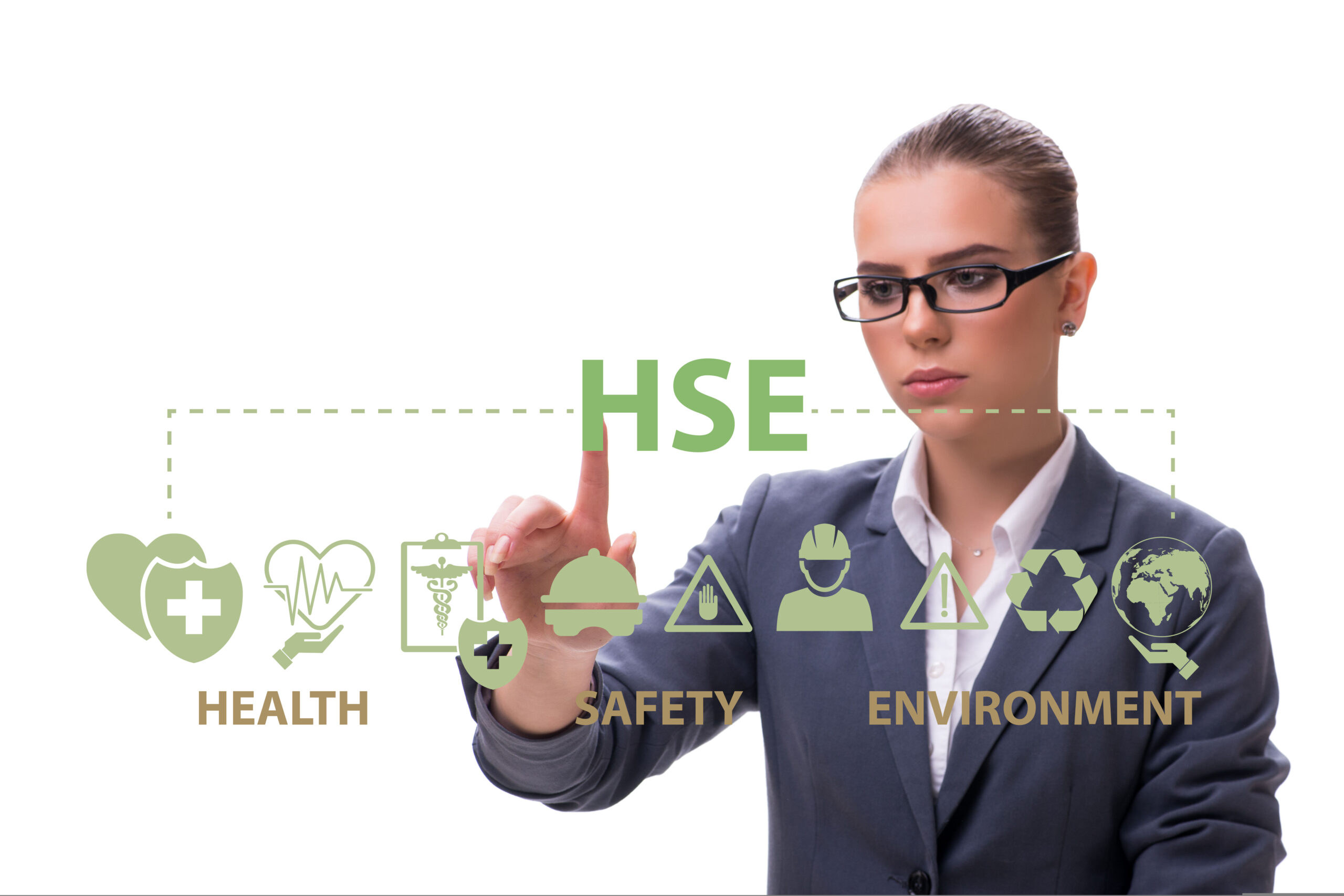The previous articles on the environmental and social elements of ESG detailed the impact of responsible stewardship on long-term value for businesses.
Companies that have not yet done so should prioritize the integration of ESG elements into daily operations. Projections suggest that in 2025, 1 in 2 professionally managed assets will have already aligned their operations with ESG mandates. It is only a matter of time before ESG performance disclosures evolve from “nicety” to “non-negotiable.”
The good news is that environmental, social, governance concepts are not entirely new. When investing in ESG performance, there is no need to start from scratch. Many environmental, health and safety (EHS) principles (concreted in 1970 through the Occupational Health and Safety Act and practiced even earlier through various environmental laws set forth by the Environmental Protection Agency) overlap with ESG. An excellent way to boost your company’s ESG performance is by simply revisiting existing EHS standards.
Governance—the G in ESG—is key to building a robust EHS management system. Upper-level management must take ownership of incorporating ESG standards into company operations. To accomplish this, the following must be considered:
- How will management lead in creating a positive culture within the company?
- How will management make relevant EHS decisions?
- How will management enable EHS professionals and other key personnel to excel at their respective roles?
EHS awareness in upper-level management directs the establishment of a competent EHS team and training opportunities to keep up with the ever-evolving EHS landscape. However, these planning roles entail overseeing, not enforcing. To keep perspective of overall success, management must maintain a bird’s-eye view of the company’s EHS management system without the obligation of monitoring the company’s day-to-day operations. This is made possible by coupling an EHS management software with open communication lines between management and the EHS professional on staff.
At the very least, upper-level management must be knowledgeable of the company’s core EHS management strategy and ready to address the following questions:
- How does the EHS team communicate EHS protocols?
- How can the company improve EHS data capture mechanisms?
- What do the company’s key performance indicators say about the existing EHS protocols?
- What actions have the most significant potential for enhancing EHS outcomes?
- What is the projected ROI for EHS efforts?
Management Responsibility and Accountability
Management must be held accountable for a company’s environmental, health, and safety performance.
When companies correlate executive compensation with ESG performance, it indicates an integration of ESG principles into business operations. This communicates the crucial role of ESG in safeguarding the future of a business and executives’ corresponding responsibility to establish daily operations that incorporate ESG principles. Studies find that these companies generally perform better in the long term.
On the other hand, companies just beginning their ESG journey will have to start with the basics—upper-level management possessing a thorough appreciation of EHS and the corresponding business-related risks that weak EHS management systems may pose. This appreciation will manifest in several tangible ways:
- The process of selecting an EHS leader and key EHS personnel
- The value attributed to EHS training and management tools
- The incorporation of safety into all business-related decisions
Diversity and Inclusion in Management
A diverse and inclusive board is more likely to create a comprehensive EHS enterprise, catching gaps that make populations more vulnerable.
Homogenous management teams are more likely to engage in groupthink and bypass essential risk considerations. Diversity is critical in EHS, as various groups may have predispositions that exclude understanding of what is safe and optimal. While the diversity discourse has mostly involved gender and race, the rapid integration of Industry 4.0 elements elucidates workplace disparities resulting from age gaps. Top management diversity facilitates meaningful discussions on these issues by including members that represent the diverse workforce they manage, resulting in an increased likelihood of employees receiving suitable training and assistance and an overall safer and more efficient workplace.
Transparency
The more transparent a company is, the easier it will be for investors to accurately assess a company’s commitment to risk management.
Investors are likely to conclude that a company that opts out of ESG performance disclosures does not have any. Transparency in a company builds trust with stakeholders, creating a social license to operate and an increased capacity for long-term value. Neither of these crucial business elements is possible without effective communication of ESG measures and the corresponding performance outcomes.
Responsible stewardship is an important by-product of ESG standards, but through the business lens, the primary goal of ESG is creating long-term value. This is accomplished by building strong stakeholder relationships. As ESG disclosures strongly rely on metrics, tapping the potential of an EHS management software’s digitization of data collection and storage can make presenting outcomes more seamless.
Conclusion
Management sets the tone of business operation. Infusing EHS considerations into business decisions communicates a genuine commitment to ESG principles to the workforce, investors, and the rest of the company’s stakeholders and enables the board to:
- Build trust between upper-level management and employees
- Create a fertile environment for EHS discussions and feedback
- Maintain or achieve a social license to operate
For investors, a company with transparently competent upper-level management presents lower risks and increased stability. In this way, companies retain and attract investors, improve their bottom-line, and secure long-term value.
Author Bio
The SafetyStratus Research Advisory Group (RAG) brings together thought leaders from the global environmental, health, and safety community to promote best practices and provide key insights in the profession and the industries they serve. The Research Advisory Group also advocates, where practical, the intersection of and advances with the use of technology, such as the SafetyStratus enterprise EHS software platform. Group membership consists of representatives from across varied disciplines and market sectors as well as select members of the SafetyStratus team.
The primary objectives of the SafetyStratus RAG partnership are to:
- Build a strategic partnership between EHS practitioners and the SafetyStratus team.
- Provide engaging and practical content to the global EHS community.
- Provide discipline and market feedback specific to SafetyStratus products and services.
While the objectives of the RAG are varied, the primary public-facing outcome will be available through engaging and practical content found on the SafetyStratus resource pages. Various articles, papers, and other valuable resources will be produced and shared as part of an ongoing effort to cultivate a robust community. Ultimately, the SafetyStratus RAG will expand to have a broader reach and provide opportunities for more inclusion by all interested EHS professionals in a collaborative community environment.



